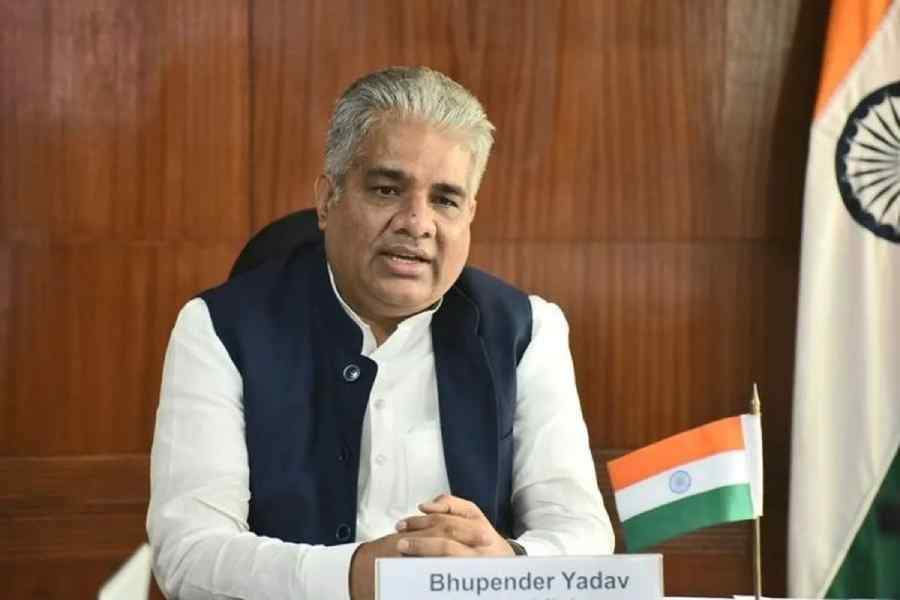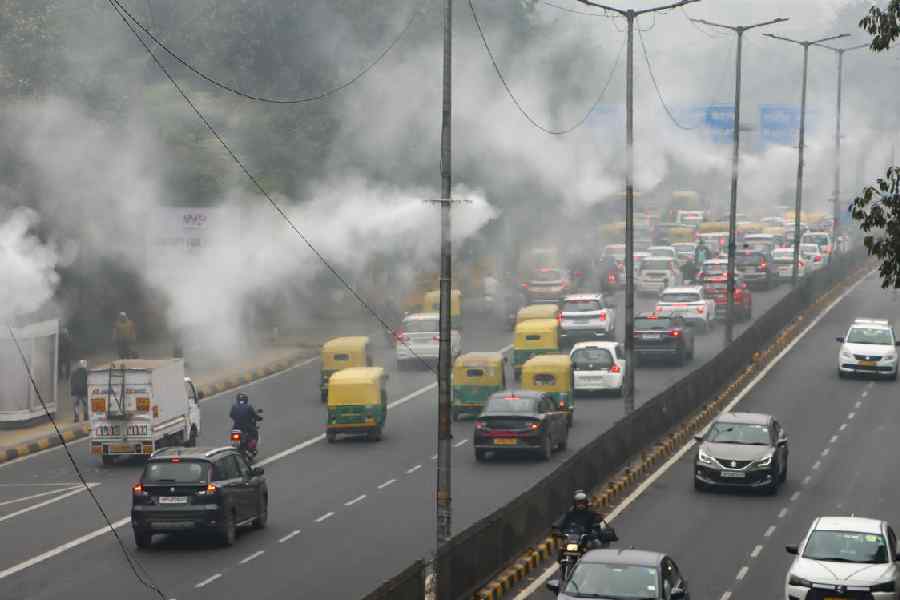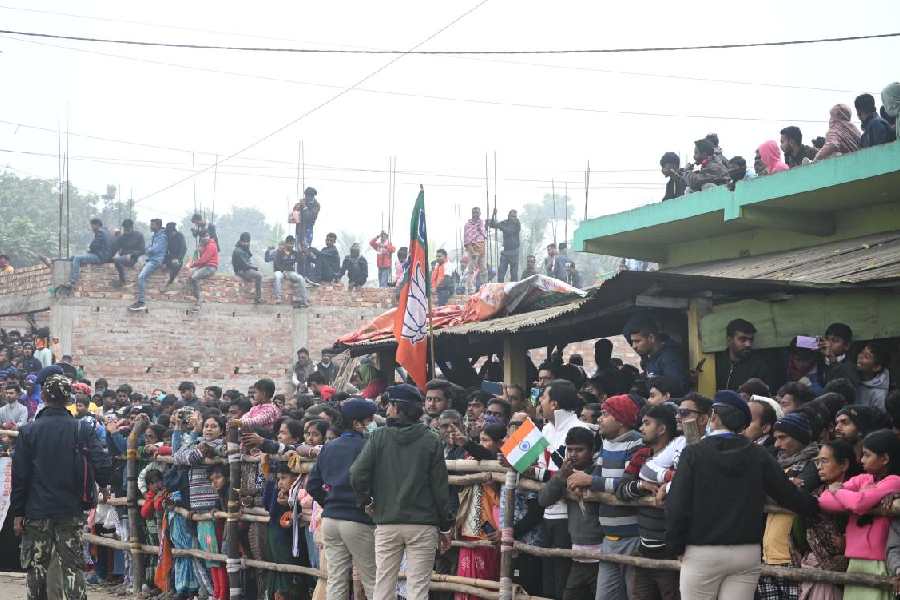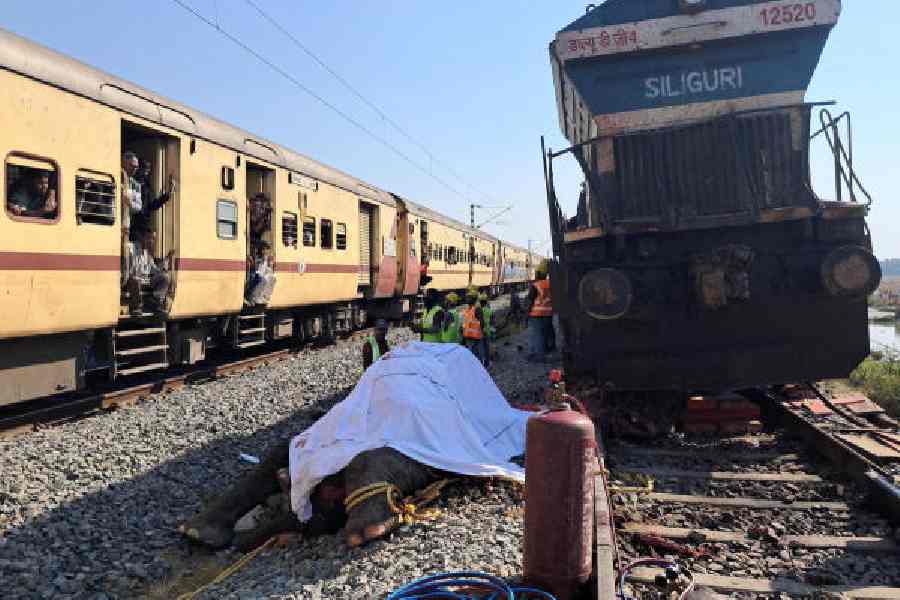While Modi chose to focus on the GDP growth in the final year of the NDA regime which showed the NDA in a good light, Chidambaram laid emphasis on averages, which shows the UPA in better light.
Chidambaram glossed over the fact that UPA-II is projected to close this year with a GDP growth of plus/minus 5 per cent. And if that is taken into account, the UPA-II’s average will take a beating and would in all likelihood come nearer NDA’s.
Economists said that very often action taken in one period showed results in the next with higher GDP growth rate. Despite a burst of reforms during the Congress rule of 1991-96 when Manmohan Singh stewarded the economy, the average GDP growth was actually 5.2 per cent. Without doing much, the United Front government under H.D. Deve Gowda posted a far better GDP growth rate at 8 per cent in 1996-97, surpassing the GDP growth figures under the Congress rule. Moreover, the NDA regime had focused on building infrastructure and this helped nudge up the growth rates in UPA-I.
The record of UPA-II, on the other hand, was badly botched because of the global financial crisis that erupted in September 2008, which impacted the Indian economy that year when growth plunged to 6.7 per cent. It forced the government to adopt an over Rs 1 lakh crore stimulus package in three distinct phases between December 2008 and February 2009 to jump start the economy.
The battle of words over GDP growth between the political foes actually began in January when Prime Minister Manmohan Singh crossed swords with former NDA finance minister Yashwant Sinha over GDP growth records of respective governments.
Singh had said at the All India Congress Committee (AICC) session in Jaipur, “... if we compare UPA and NDA regimes, the growth rate during their time was 5.5 per cent. Also, our poverty alleviation rate is 2.5 times compared to theirs. During the NDA regime, agriculture growth was 3 per cent. We have increased it to 3.7 per cent over the past eight years.”
The Prime Minister’s Economic Advisory Council, headed by C. Rangarajan, had trimmed the GDP growth rate for 2013-14 to 5.3 per cent in its September 2013 report from its earlier estimate of 6.4 per cent in April.
The Reserve Bank of India has forecast a growth rate of 5.5 per cent in its first quarter monetary policy review in July this year, down from the 5.7 per cent estimate it had made in May.
The International Monetary Fund (IMF) has forecast a growth of 5.6 per cent.
However, some brokerages like Morgan Stanley have played the role of Jeremiahs, predicting that India will return to the Hindu rate of growth of somewhere between 3.5 and 4 per cent this year. The Hindu rate of growth of around 3.5 per cent characterises the period of weak growth rate in India in the seventies and the early eighties. Bank of America Merrill Lynch has projected growth at 4.8 per cent.











